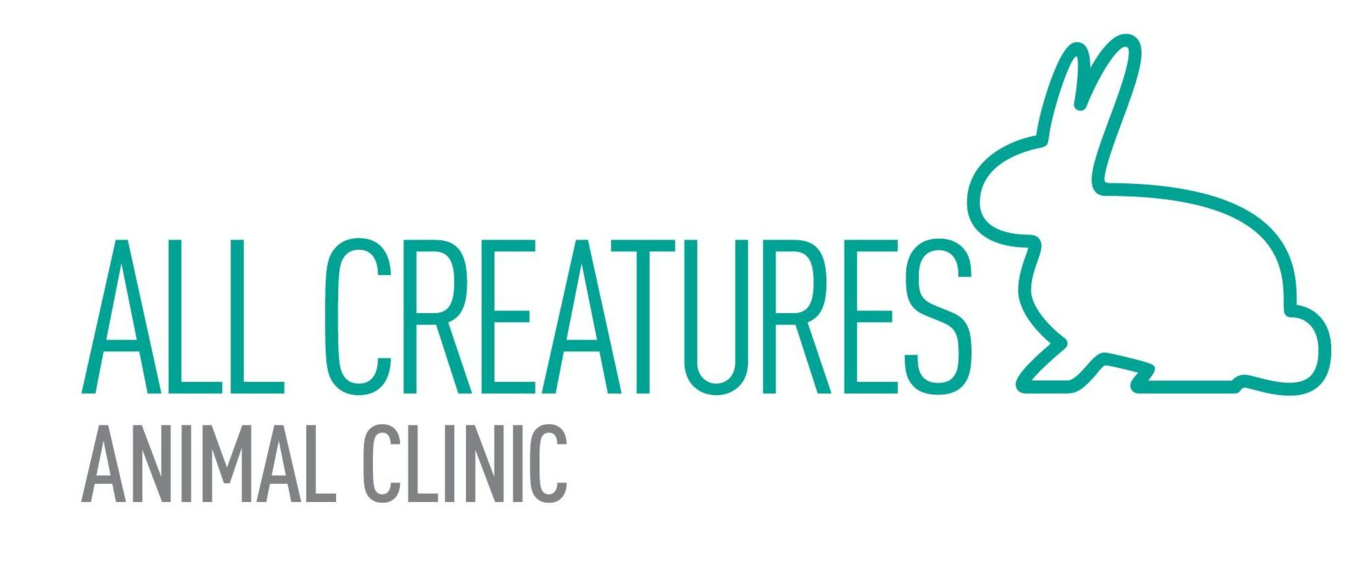CARE FOR PARAKEETS/ BUDGERIGAR
Medical
- Female budgies can lay eggs even with no male present and can be come egg-bound. Call for advice if your budgie is prone to laying eggs
- Respiratory infections are common in budgies: Tail bobbing, sitting on the bottom of the cage and fluffed feathers
- Mites are commonly seen on the face and feet of budgies
- Feather destruction behavior is a complex problem that should be addressed promptly
- Weight loss or poor appetite are common signs of illness
- You can monitor eating by monitoring droppings- the dark part is the feces and it should be the largest part of each dropping- seek advice if feces are becoming smaller or consistently smaller than the white part of the droppings (urates)
Food and Water
- The best diet for a budgie is a mixture of a pellets, seed and fresh vegetables
- Pellets should make up at least 50% of the diet (Harrison’s, Zupreem, Roudy Bush)
- Seed mixtures for budgies can make up about 25% of the diet
- Fresh veggies should make up about 25% of the diet
- Carrots, Sweet Potato, Dark leafy greens, Celery, Squash, Broccoli
- Food clips can help make veggies easier to eat
- For budgies, who are die-hard seed eaters, Lafeber Nutriberries and Harrison’s High Potency Mash can be helpful tools to help improve their diet
- Make sure to clean out and freshen food bowls daily
- Water dishes must be cleaned and refilled daily
Behavior
- Many budgies can become well socialized and even learn extensive vocabulary
- For best socializing, budgies should be handled daily starting at a very young age
- Budgies enjoy companionship, but new introductions should be done slowly
- A normal budgie life-span is 4-7 years, though some will live much longer
Toys
- Cardboard, wicker and durable parrot toys make great toys
- Avoid metal toys that may contain zinc or lead
- Avoid things that mimic nests (tents, boxes, etc) and mirrors - These can stimulate reproductive behavior
Housing
- A budgie’s house should be big enough for them to stretch out and explore
- The bottom of the cage should be lined with paper above the grates and changed daily
- Cages should be placed in a high up location in a visible but low traffic area
- Time outside the cage should only occur for socialized and wing-clipped birds
- Potential hazards: ceiling fans, getting outside, dogs and cats, windows
- Perches should be kept at multiple different levels of the cage
- Perches should vary in size, but the highest one will be their most used perch (Their foot should wrap ¾ the way around this perch)
- Budgies need UVB light
- The best source of UVB light is direct sunlight unfiltered by glass
- Taking birds outside can be healthy and enriching, but extreme caution is needed
- A UVB light can be placed 12 inches above the cage and should run 6 hours per day
Grooming
- Regular nail trims are needed- the tip of the nail should be flat with the toe pad
- Wing trims are encouraged
- Bathing should be done 2-3 times per week by gently misting above the cage
- Beak trims are only necessary if there is a medical concern (beak injury, scissor beak)

